Oil Tank Fire And Safety Regulations
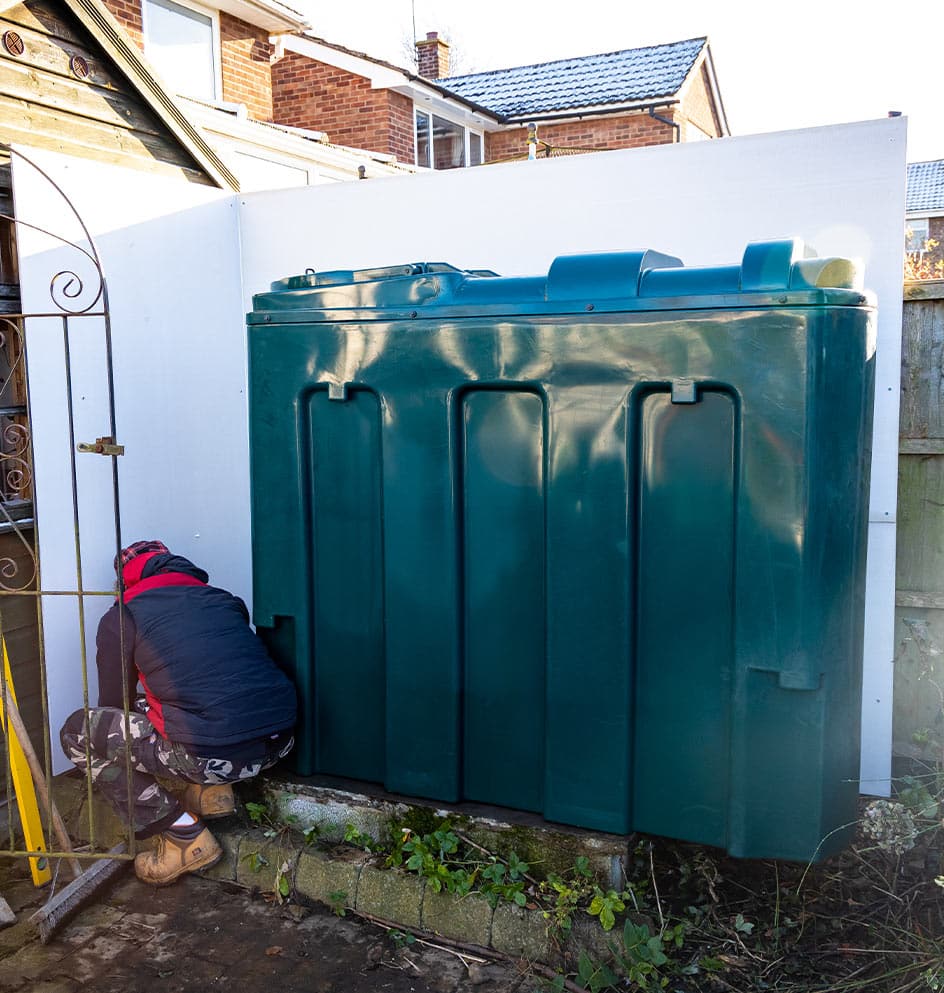
Contents
- 1 UK oil tank fire and safety regulations
- 1.1 OFTEC regulations for external domestic oil tanks
- 1.1.1 Located on a platform or stand with a 300mm edge
- 1.1.2 Located 1.8m away from non-fire rated buildings, structures or eaves of buildings
- 1.1.3 Located 1.8m away from openings
- 1.1.4 Located 760mm away from a non-fire rated boundary
- 1.1.5 Located 600mm away from garden screening
- 1.1.6 Located 1.8m away from the flue terminals of oil-fired appliances
- 1.1 OFTEC regulations for external domestic oil tanks
- 2 Environmental safety regulations
- 3 Does your oil tank meet the fire and safety regulations?
Domestic oil tank regulations have been put in place to keep yourself, your family and your property safe. If you own an oil tank, it’s important that you’re aware of these rules as well as checking with your Local Authority for relevant information about your area. To get you started, this article provides an overview of the UK’s fire and safety regulations, so you can see whether your new or existing oil tank complies.
These regulations are for the UK and provide clear guidance on the location and type of oil tank you need.
You should be inspecting your oil tank regularly to ensure it’s in good working condition but you must also have it inspected yearly, by a registered engineer. If your oil tank doesn’t align with the fire and safety regulations, it could lead to expensive fines, voiding your insurance or in some cases, prosecution. At Oil Tanks Plus, we provide oil tank maintenance plans to help keep your tank safe.
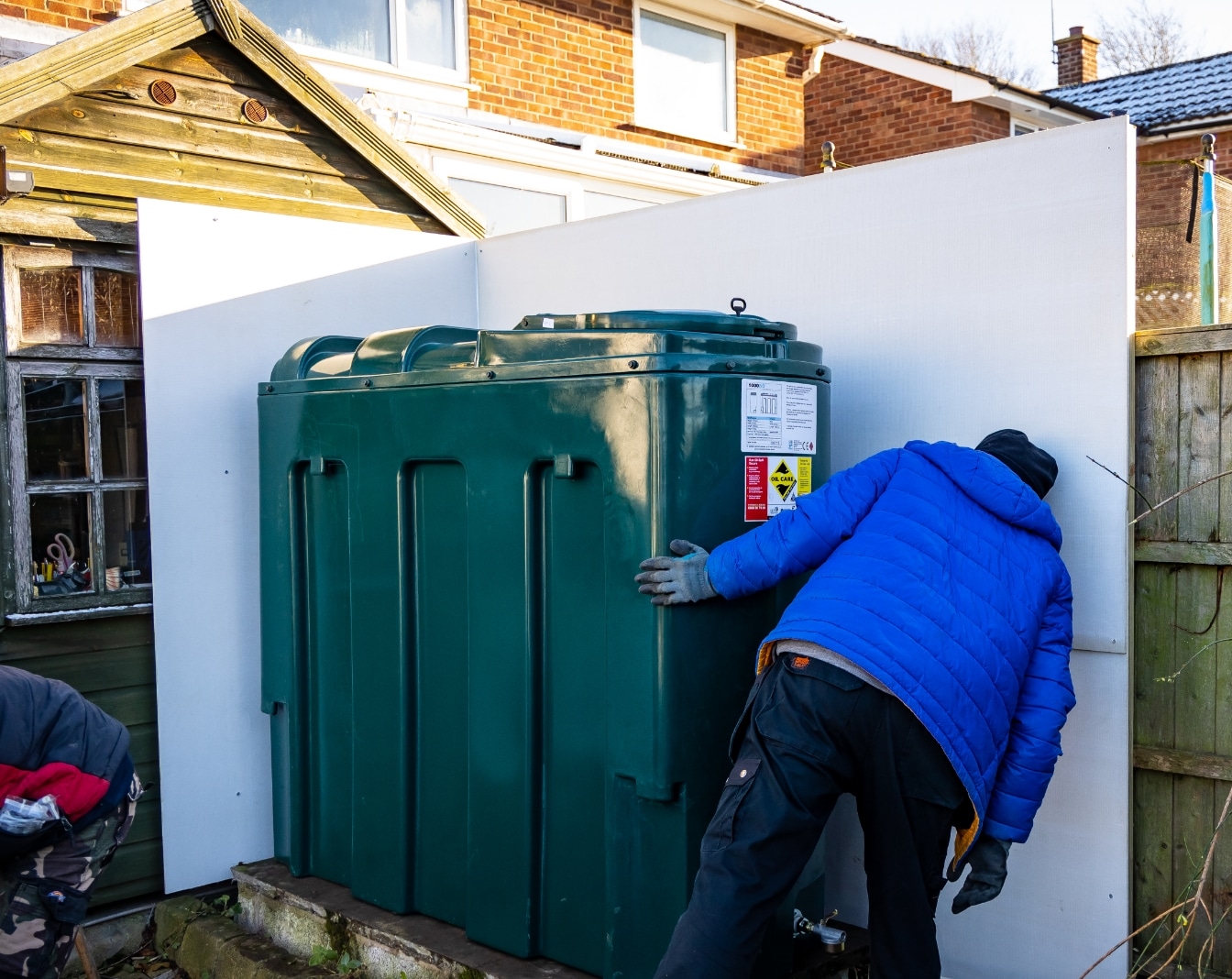
OFTEC regulations for external domestic oil tanks
All domestic oil tanks located outside must be:
Located on a platform or stand with a 300mm edge
This provides accessibility around the edge of your tank and elevates it, protecting the ground underneath.
Located 1.8m away from non-fire rated buildings, structures or eaves of buildings
This includes sheds, gazebos, outhouses etc. that don’t have a minimum fire resistance of 30 minutes.
Located 1.8m away from openings
This again relates to nearby fire-rated buildings or structures like brick-built outhouses, garages or sheds that have functioning doors or windows.
Located 760mm away from a non-fire rated boundary
Property boundaries are often made from wooden fences or non-fire resistant materials that could fuel rather than resist a fire.
Located 600mm away from garden screening
Gardens may have decorative trellis or hedges that are flammable and easily damaged if a fire or leak occurs.
Located 1.8m away from the flue terminals of oil-fired appliances
If your oil tank does catch fire, it needs to be a safe distance from other combustible alliances to avoid it spreading and causing further damage.
Our blog post on the best location for your domestic oil tank can help you find the safest spot. Our expert engineers can recommend the right place and suitable tank material for you if you need some reassurance.
Spills and leaks from faulty oil tanks can cause serious harm to the environment; contaminating the soil and nearby water, especially if it’s undetected and unresolved. It’ll also be your responsibility to pay for the costly clean-up. Read our blog on what to do if your oil tank has a crack if you spot a crack in your tank.
To avoid these potential incidents, you should regularly inspect your tank for any visible faults and make sure you have the right type of oil tank for your property.
Our qualified engineers can help you assess whether you meet this criteria and recommend the best option for you. You can also see our range of oil tanks, including single-skinned, bunded, steel and fire-rated.
If you meet any of the criteria below, UK regulations state you’ll need a bunded oil tank rather than a single-skin oil tank, as it has an additional second layer for extra protection:
- If your tank capacity exceeds 2,500 litres
- If it’s located within 10m of controlled water. This includes lakes, streams, rivers etc. that reach down to the saturation zone and potentially contaminate the groundwater
- If spillages can reach open drains or manhole covers nearby
- If your tank is within 50m of a borehole, spring or well
- If the vent pipe outlet is not visible from the fill pipe access – your fuel delivery driver needs to see the vent to be aware of potentially overfilling
- If your tank supplies heating oil to an office or building rather than a single-family house
- If there are other potential hazards on-site which may be a pollution risk
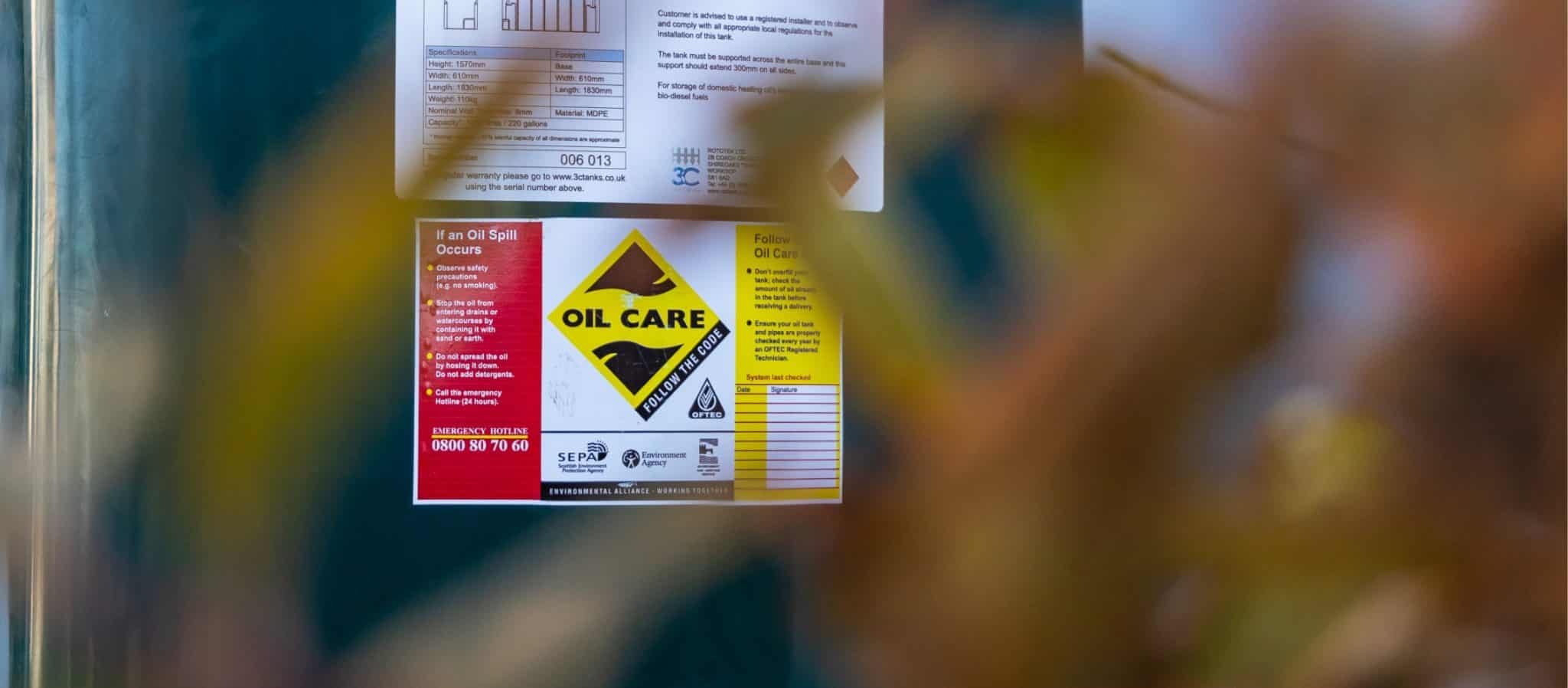
Oil Tank Installation Regulations
Oil tank installation regulations can seem daunting. Read our handy guide that runs
through everything you need to know to keep compliant with current UK regulations.
Does your oil tank meet the fire and safety regulations?
The points we’ve covered in this blog should help you determine a suitable tank and its safest location. We do recommend familiarising yourself with the UK oil tank regulations and your Local Authorities fire and safety regulations but you can also contact us for any expert advice.
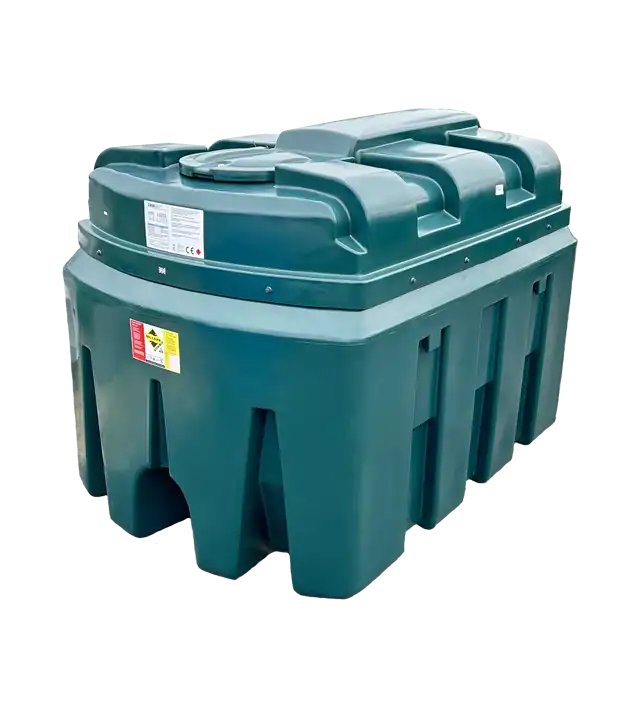
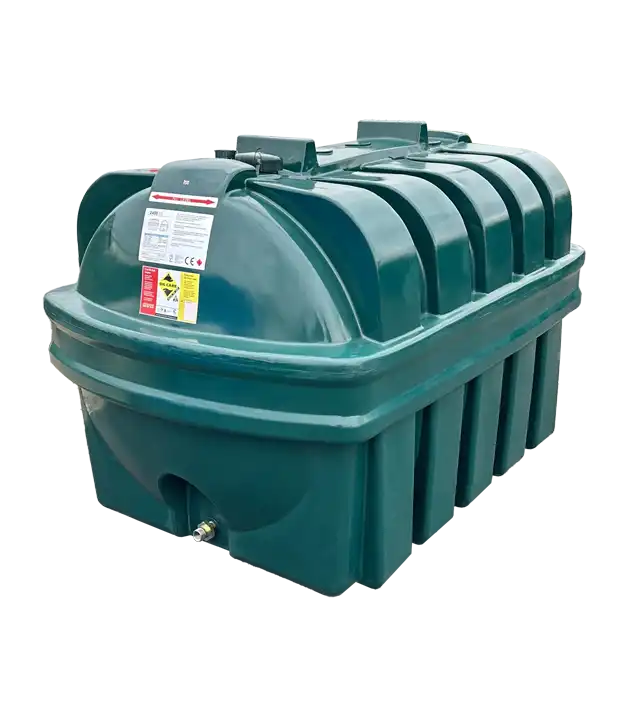
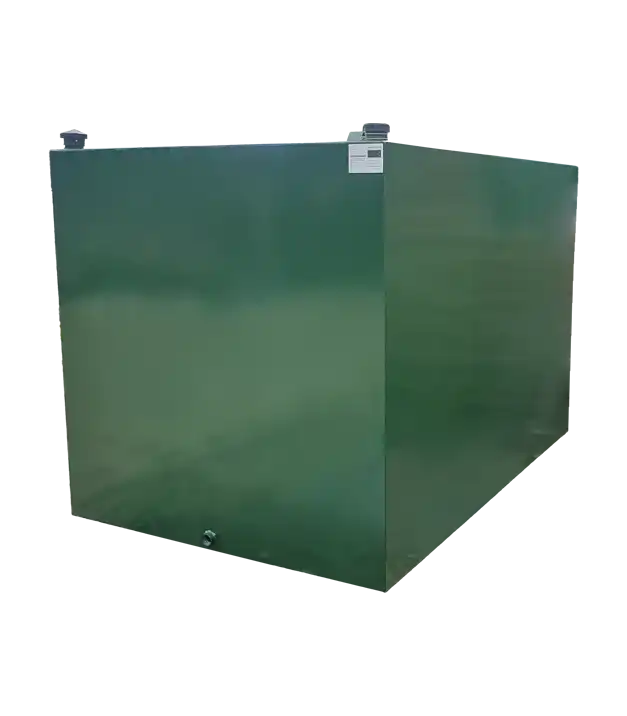
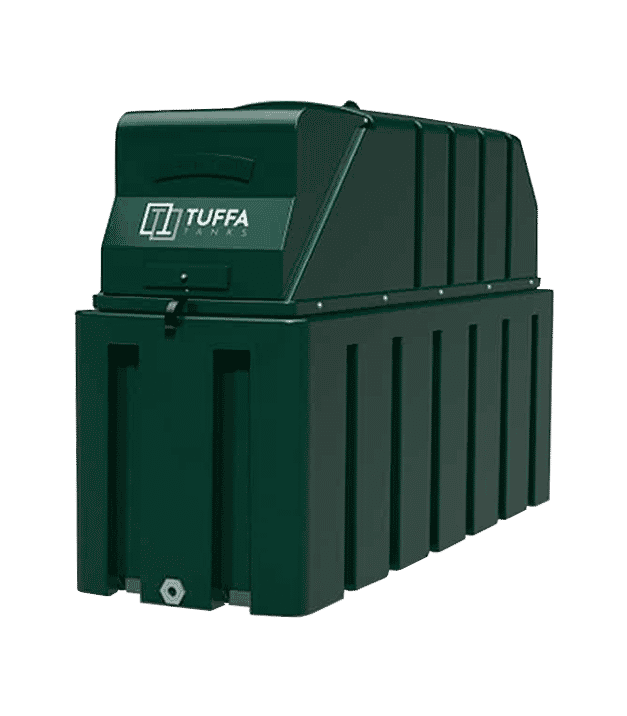
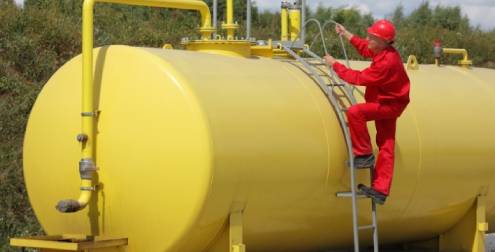
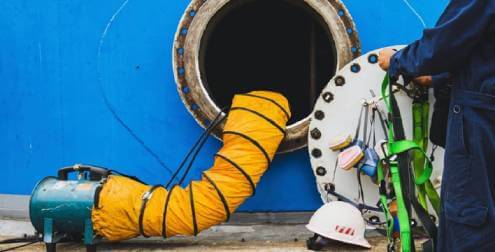
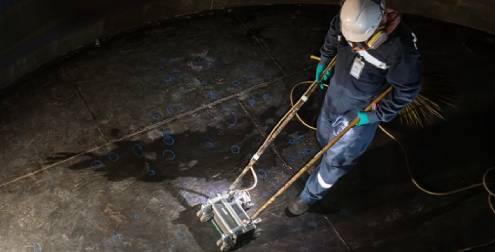
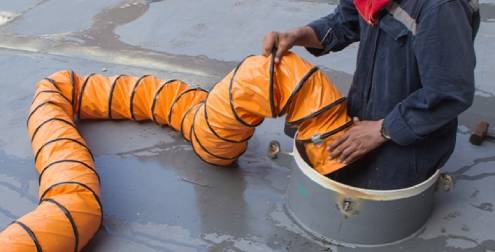
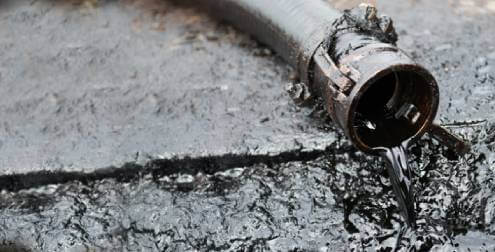
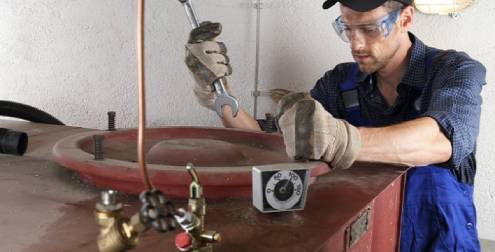
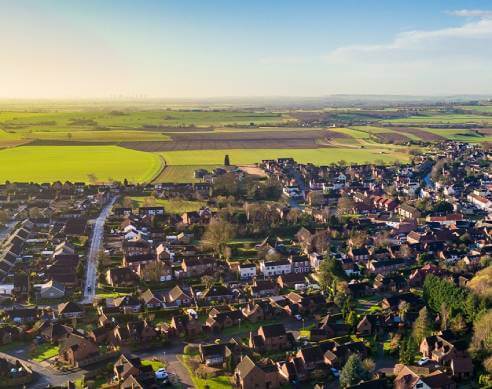
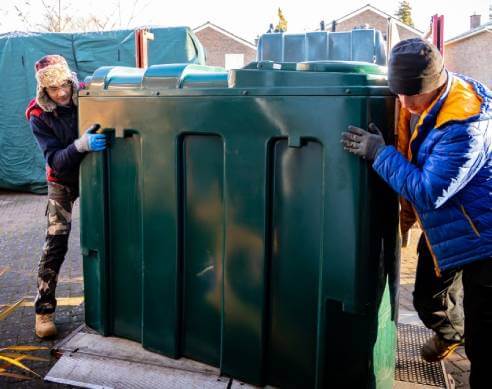
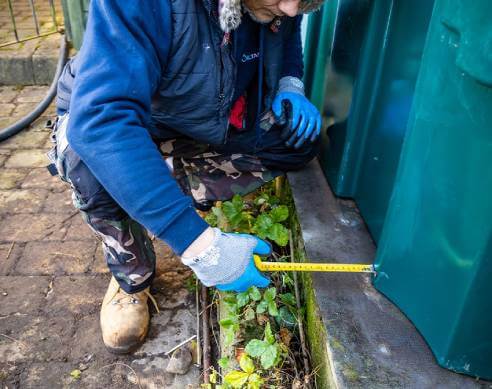

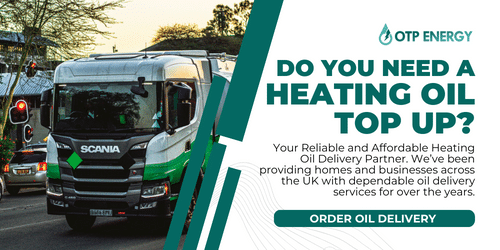
Share This: